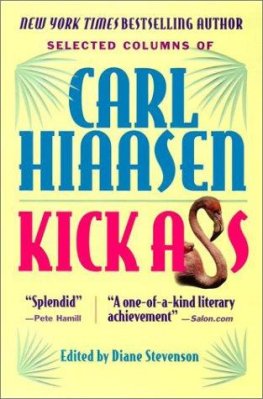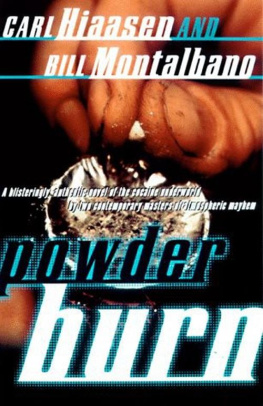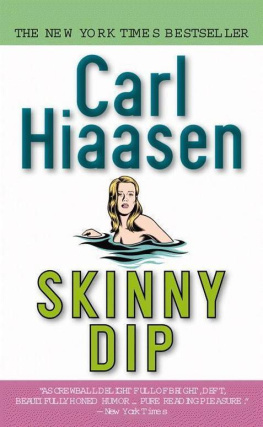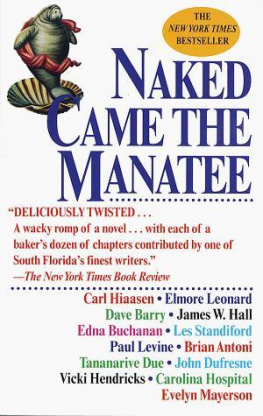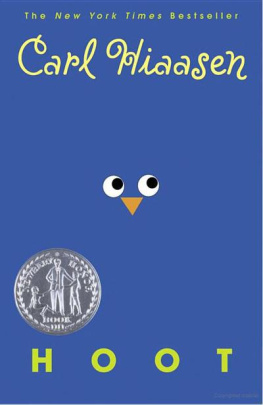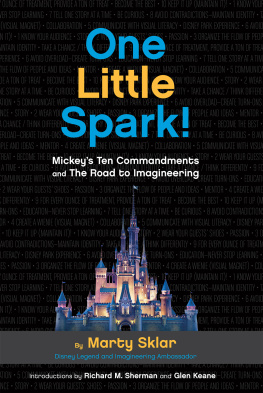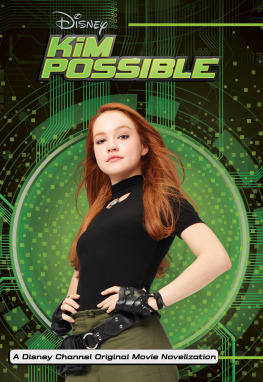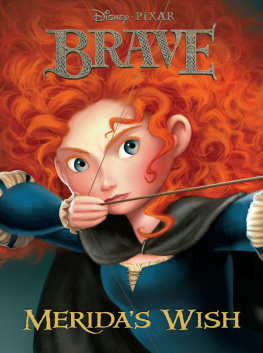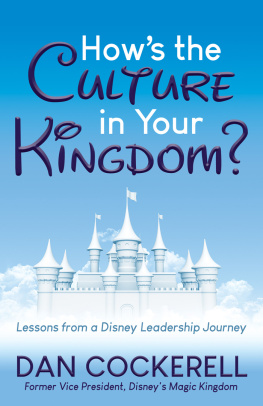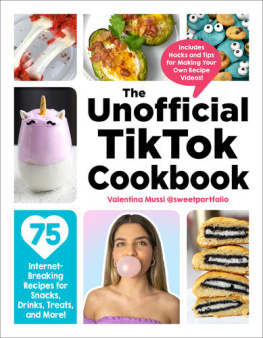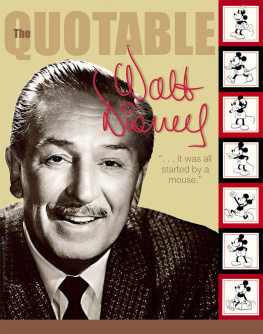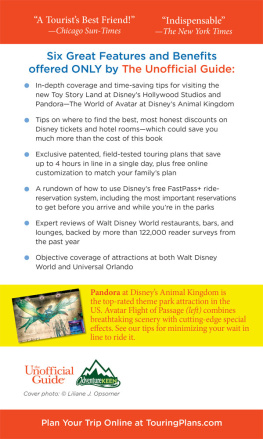T HE L IBRARY OF
C ONTEMPORARY T HOUGHT
Americas most original voices
tackle todays most provocative issues
C ARL H IAASEN
T EAM R ODENT
How Disney Devours
the World
Revulsion is good. Revulsion is healthy. Each of us has limits, unarticulated boundaries of taste and tolerance, and sometimes we forget where they are. Peep Land is here to remind us; a fixed compass point by which we can govern our private behavior. Because being grossed out is essential to the human experience; without a perceived depravity, wed have nothing against which to gauge the advance or decline of cultureour art, our music, our cinema, our books. Without sleaze, the yardstick shrinks at both ends. Team Rodent doesnt believe in sleaze, however, nor in old-fashioned revulsion. Square in the middle is where it wants us all to be, dependable consumers with predictable attitudes. The message, never stated but avuncularly implied, is that Americas values ought to reflect those of the Walt Disney Company, and not the other way around.
Also by Carl Hiaasen
Stormy Weather
Strip Tease
Native Tongue
Skin Tight
Double Whammy
Tourist Season
Lucky You
Basket Case
Hoot

The Library of Contemporary Thought
Published by The Random House Publishing Group
Copyright 1998 by Carl Hiaasen
All rights reserved.
Published in the United States by Ballantine Books, an imprint of The Random House Publishing Group, a division of Random House, Inc., New York, and simultaneously in Canada by Random House of Canada Limited, Toronto.
Ballantine and colophon are registered trademarks of Random House, Inc.
www.ballantinebooks.com
Library of Congress Cataloging-in-Publication Data
Hiassen, Carl.
Team rodent : how Disney devours the world font>
Carl Hiassen.1st ed.
p. cm. (The library of contemporary thought)
eISBN: 978-0-307-76488-1
1. Walt Disney Company. I. Title. II. Series.
PN1999.W27H53 1998
384.80979494dc21 9816565
v3.1
Contents
Acknowledgments
For their assistance I am indebted to the intrepid
Liz Donovan and the daring Jennifer Dienst.
Ready to Drop

D ATELINE: TIMES SQUARE , November 1997. Deloused and revitalized Times Square, home to MTV, Cond Nast, Morgan Stanley, the worlds biggest Marriott hotel, the Ford Center for the Performing Arts, and soon a Madame Tussauds wax museum.
And Peep Land. From its doorway on West Forty-second Street one can see the glittering marquee of the new Disney Store at Broadway. More importantly, from the Disney Store one can clearly see Peep Land: a scrofulous, neon-lit affirmation of XXX-rated raunch.
Sleaze lives.
It lives and it beckons, though less garishly than either the Disney Store or its rococo neighbor, the New Amsterdam Theater, where golden breeze-furled banners advertise The Lion King , a musical based on a cartoon movie. Both the cartoon (which grossed $772 million worldwide) and the stage show (which will most likely be the most successful production in Broadway history) were created as exemplary family entertainment by the Walt Disney Company, which also lavishly restored the New Amsterdam at a cost of $38 million.
In this way Disney audaciously has set out to vanquish sleaze in its unholiest fountainhead, Times Square; the skanky oozepot to which every live sex show, jack-off arcade, and smut emporium in the free world owes its existence. For decades, city and state politicians had vowed to purge the place of its legendary seediness, in order to make the streets safe, clean, and attractive for out-of-town visitors. New Yorkers paid no attention to such fanciful promises, for Times Square was knowledgeably regarded as lost and unconquerable; a mephitic pit, so formidably infested that nothing short of a full-scale military occupation could tame it. As recently as 1994 Times Square swarmed unabashedly with hookers, hustlers, and crackheads and was the address of forty-seven porn shops.
Then Disney arrived, ultimate goodness versus ultimate evil, and the cynics gradually went silent. Times Square has boomed.
The dissolute, sticky-shoed ambience of Forty-second Street has been subjugated by the gleamingly wholesome presence of the Disney Store. Truly its a phenomenon, for the shelves offer nothing but the usual cross-merchandised crapola: snow globes, wristwatches, charm bracelets, figurines, and lots of overpriced clothes. Hard-core fans can buy matching Mickey and Minnie garden statues, a $400 Disney Villains chess set, or a twenty-fifth-anniversary Disney-edition Barbie doll, complete with teensy mouse ears. Your basic high-end tourist trap is what it is.
Yet somehow the building radiates like a shrinebecause its not just any old store, its a Disney store, filled with Disney characters, Mickey and Minnie at play in the fields of Times Fucking Square. And evidently the mere emplacement of the iconic Disney logo above the sidewalks has been enough to demoralize and dislodge some of the areas most entrenched sin merchants.
The mayor of New York says thats a good thing, and citizens agree: good for tourism, good for children, good for the morale of the community. If Times Square can be redeemed, some would say, then no urban Gomorrah is beyond salvation. All you need is a Disney retail outlet! (As of this writing, there are more than 550 in eleven countries.)
Its not surprising that one company was able to change the face of Forty-second Street, because the same company changed the face of an entire state, Florida, where I live. Three decades after it began bulldozing the cow pastures and draining the marshes of rural Orlando, Disney stands as by far the most powerful private entity in Florida; it goes where it wants, does what it wants, gets what it wants. Its our exalted mother teat, and you can hear the sucking from Tallahassee all the way to Key West.
The worst damage isnt from the Walt Disney World Resort itself (which is undeniably clean, well operated, and relatively safe) or even from the tourists (although an annual stampede of forty million Griswolds cannot help but cut an untidy swath). The absolute worst thing Disney did was to change how people in Florida thought about money; nobody had ever dreamed there could be so much. Bankers, lawyers, real-estate salesmen, hoteliers, restaurateurs, farmers, citrus growerseveryone in Mickeys orb had to drastically recalibrate the concepts of growth, prosperity, and what was possible. Suddenly there were no limits. Merely by showing up, Disney had dignified blind greed in a state pioneered by undignified greedheads. Everything the company touched turned to gold, so everyone in Florida craved to touch or be touched by Disney. The gates opened, and in galloped fresh hordes. The cattle ranches, orange groves, and cypress stands of old Orlando rapidly gave way to an execrable panorama of suburban blight.
One of the great ironies upon visiting Disney World is the wave of relief that overwhelms you upon entering the placerelief to be free of the nerve-shattering traffic and the endless ugly sprawl. By contrast the Disney resort seems like a verdant sanctuary. That was the plan, of courseTeam Rodent left the park buffered with thousands of unspoiled acres, to keep the charmless roadside schlock at bay.
As Orlando exploded, business leaders (and therefore politicians) throughout the rest of Florida watched and plotted with envy. Everyone conspired for a cut of the Disney action, meaning overflow. The trick was to catch the tourists after they departed the Magic Kingdom: induce them to rent a car and drive someplace else and spend what was left of their vacation money. This mad obsession for sloppy seconds has paid off big-time. By the year 2000, the number of tourists visiting the Orlando area is expected to reach forty-six million annually. Thats more than the combined populations of California and Pennsylvania storming into Florida every year, an onslaught few places on earth could withstand. Many Disney pilgrims do make time to search for auxiliary amusement in other parts of the state. High on the list is the southernmost chain of islands known as the Keys, where I live, and where only one road runs the length of the archipelago. Maybe you can appreciate my concern.
Next page

